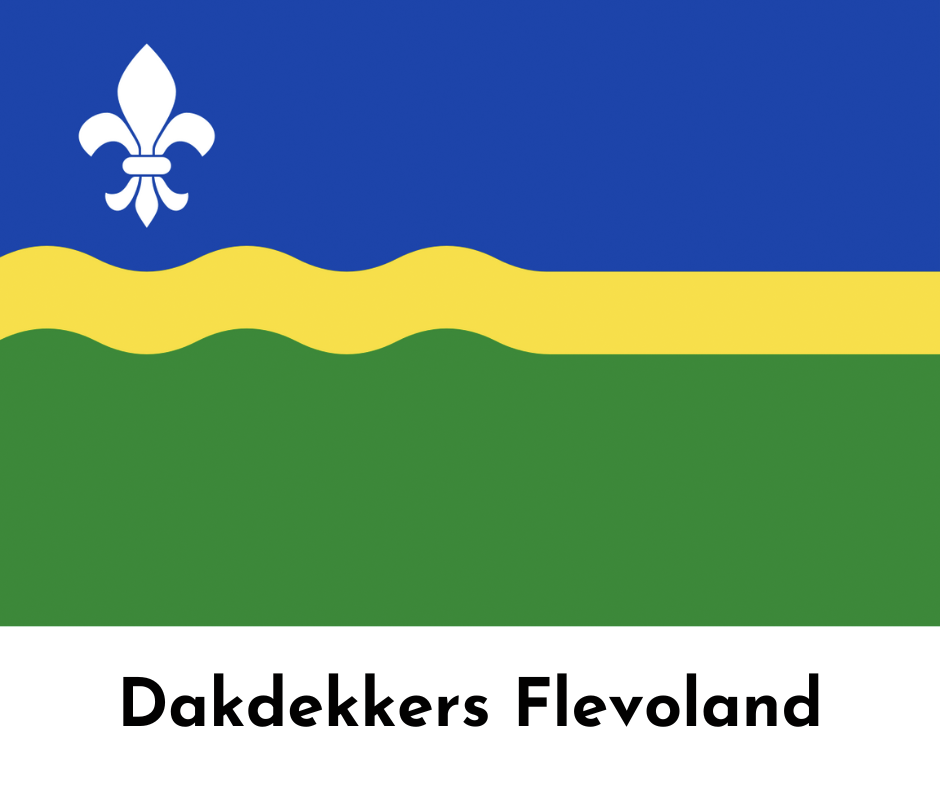Introduction
When it comes to home design, the exterior is the first impression that speaks volumes about your personal style and aesthetic preferences. But have you ever stopped to think about the psychology behind color choices for your home's exterior? Colors evoke emotions, influence perceptions, and can even impact the mood of those who inhabit or visit a space. That’s right! The color palette you choose for your home isn’t just about aesthetics; it’s a reflection of your personality, values, and emotional state. ewr1.vultrobjects.com
In this article, we’ll dive deep into The Psychology Behind Color Choices for Your Home’s Exterior. We’ll explore how different colors affect mood, their cultural significance, and practical tips for choosing the right hues that resonate with you. So grab a cup of coffee and let’s paint a vivid picture of color psychology!
The Psychology Behind Color Choices for Your Home’s Exterior
Choosing a color for your home's exterior is more than just picking a shade you find appealing. It involves understanding how colors influence emotions and perceptions. For instance, did you know that warm colors like red and orange can stimulate feelings of warmth and energy? On the other hand, cool tones such as blue and green often evoke calmness and serenity.
Emotional Responses to Colors
Colors can trigger various emotional responses. Here are some common associations:
- Red: Passionate and energetic; evokes excitement. Blue: Calming and serene; promotes tranquility. Green: Refreshing and revitalizing; signifies growth. Yellow: Cheerful and uplifting; brings happiness.
This means that by choosing specific colors for your home’s exterior, you’re not just creating an aesthetic appeal but also setting an emotional tone for anyone who visits.
Cultural Significance of Colors
Beyond personal preferences, colors carry cultural meanings that can greatly influence decisions in design. For example:
- In many Eastern cultures, red symbolizes good fortune. In Western societies, black often represents sophistication or mourning.
Understanding these cultural contexts helps in making informed choices that align with both personal identity and societal expectations.

Color Theory Basics: Understanding the Wheel
Before diving deeper into specific colors' effects on mood and perception, it's essential to grasp the basics of color theory.
Primary Colors
The primary colors are red, blue, and yellow. These colors cannot be created through mixing other colors.
Secondary Colors
These are formed by mixing primary colors:
- Green (blue + yellow) Orange (red + yellow) Purple (red + blue)
Tertiary Colors
These are created by mixing primary and secondary colors (like red-orange or blue-green).
Warm vs. Cool Colors: What Do They Mean?
When thinking about your home's exterior color scheme, you'll often hear the terms "warm" and "cool." Understanding this distinction can guide your selection process.
Warm Colors: Energizing Hues
Warm colors include reds, oranges, yellows, and pinks. These shades tend to create an inviting atmosphere that encourages social interaction.
Examples of Warm Color Choices:
Terracotta Sunset Yellow Coral PinkThese hues are excellent choices if you want to convey vibrancy or friendliness in your neighborhood.
Cool Colors: Calming Shades
Cool colors encompass blues, greens, purples, and some greys. They generally create a soothing environment conducive to relaxation.
Examples of Cool Color Choices:
Seafoam Green Sky Blue Lavender MistIf you're aiming for tranquility or peace in your surroundings, these shades might be what you're looking for.
Neutral Colors: The Balancers
Neutral tones—like whites, greys, tans—play an essential role in any color palette as they balance out warmer or cooler shades while adding elegance.
Why Choose Neutral?
Timeless Appeal Versatility Easy Integration with NatureThink about using neutrals as accents alongside bolder hues to create contrast without overwhelming visual stimulation.
Seasonal Influences on Color Choice
Have you noticed how certain colors seem to resonate more during specific seasons?
Spring: Fresh Beginnings
In springtime, soft pastels like mint green or pale pink become popular as they reflect renewal.
Summer: Bright Vibrance
Summertime calls for vibrant shades like sunny yellows or ocean blues as they reflect joyful energy.
Autumn: Warm Earth Tones
As leaves change color in autumn months—think browns or burnt oranges—they evoke warmth associated with coziness.
Winter: Crisp Neutrals
Winter often features crisp whites paired with deep blues or dark greens that offer a sense of calm amidst cold weather.
The Role of Lighting in Perception of Color
It's important to remember that lighting significantly affects how we perceive color throughout the day!
Natural Light vs Artificial Light
Natural Light enhances brilliance during daylight hours. Artificial Light may alter hues—consider testing paint samples under various types of illumination before committing!Neighborhood Context Matters!
What works beautifully in one area may clash awkwardly in another due to surrounding homes’ designs/colors/styles!
How To Assess Neighborhood Aesthetics
Walk around—what do neighboring houses look like? Take note of common trends among exteriors within proximity. Consider community guidelines/restrictions before painting!FAQs About Choosing Exterior Colors
li24/ol6/li25li25/ol7li26# Can I use bold colors on my small home?- Absolutely! Bold hues can make smaller homes feel lively but balance them with neutrals too.
- Indeed! Lighter shades reflect heat better while darker hues absorb more warmth; consider local climate when deciding!
- Generally every 5–10 years depending on material used/weather exposure!
Conclusion
Choosing the right color for your home's exterior is both an art form and a psychological endeavor! By understanding the emotional implications connected with various hues along with considering cultural significance & neighborhood context—you'll pave the way toward making choices reflective not just aesthetically pleasing but personally meaningful too! Remember—the next time you look at houses around town—or even consider sprucing up yours—ask yourself this question: “What message am I trying to convey through my color selections?” After all—it’s not merely paint…it’s personality encapsulated!
By now you've gathered valuable insights into The Psychology Behind Color Choices for Your Home's Exterior. So go ahead—get inspired—and start painting your dream abode today!